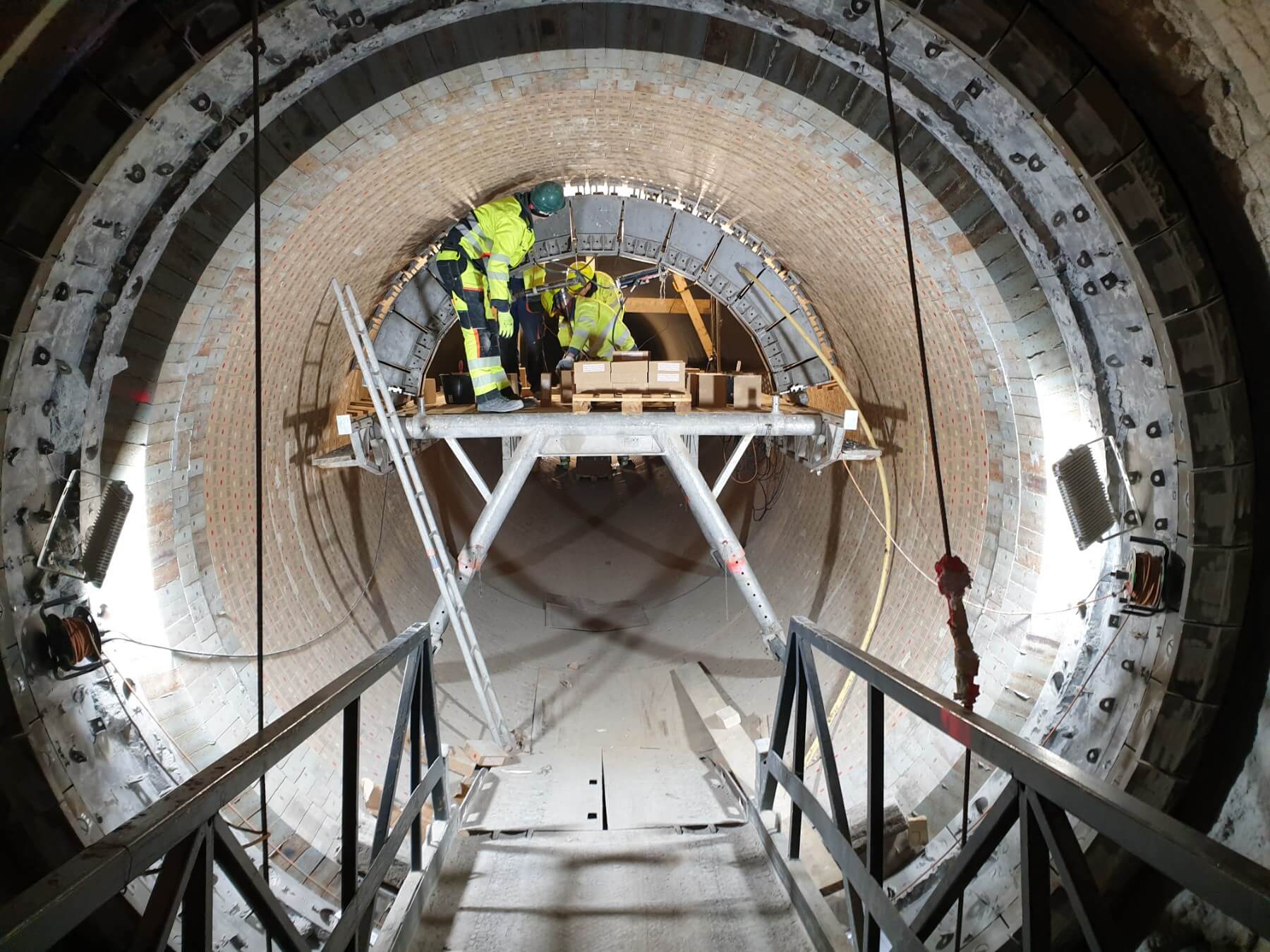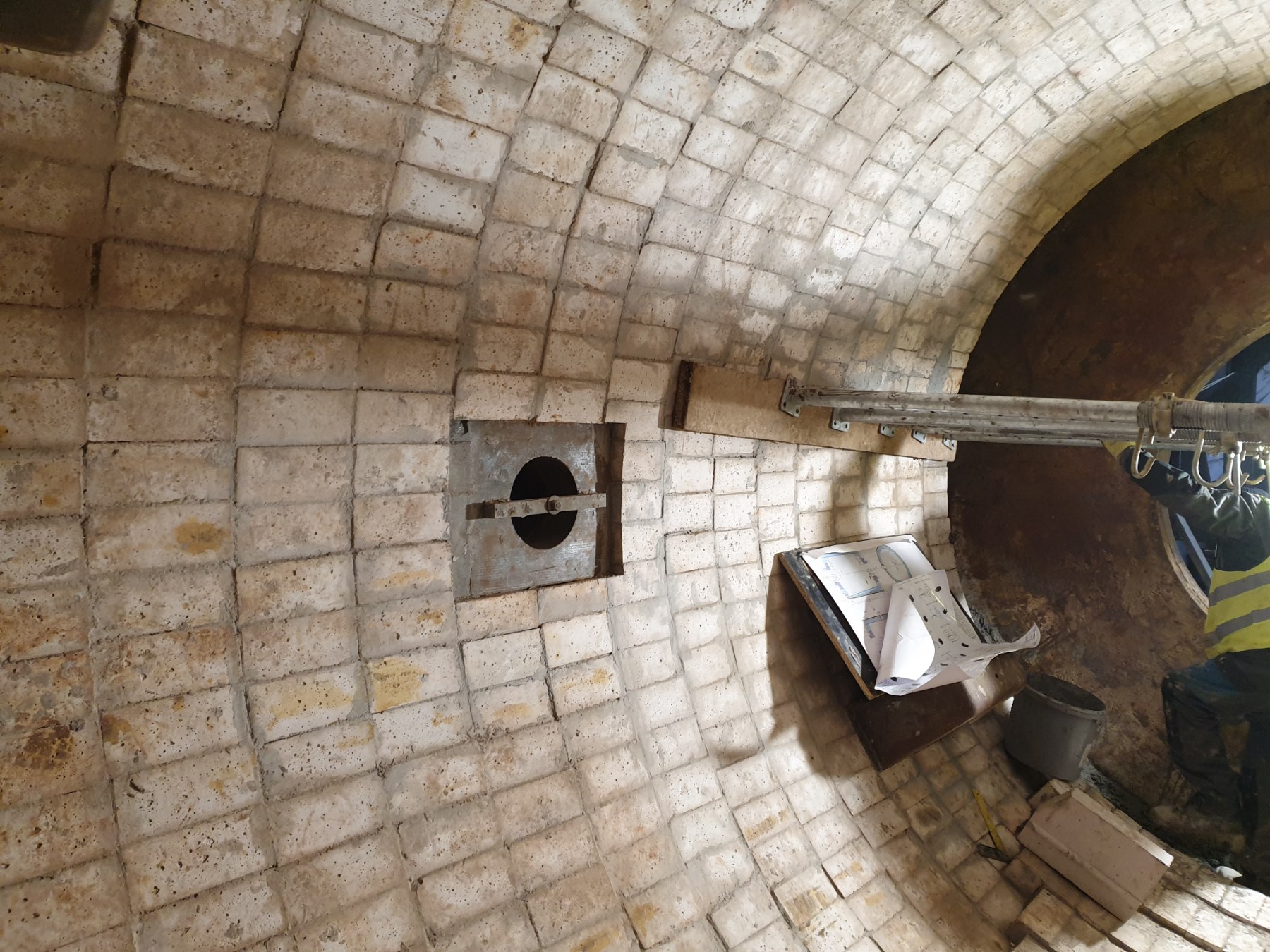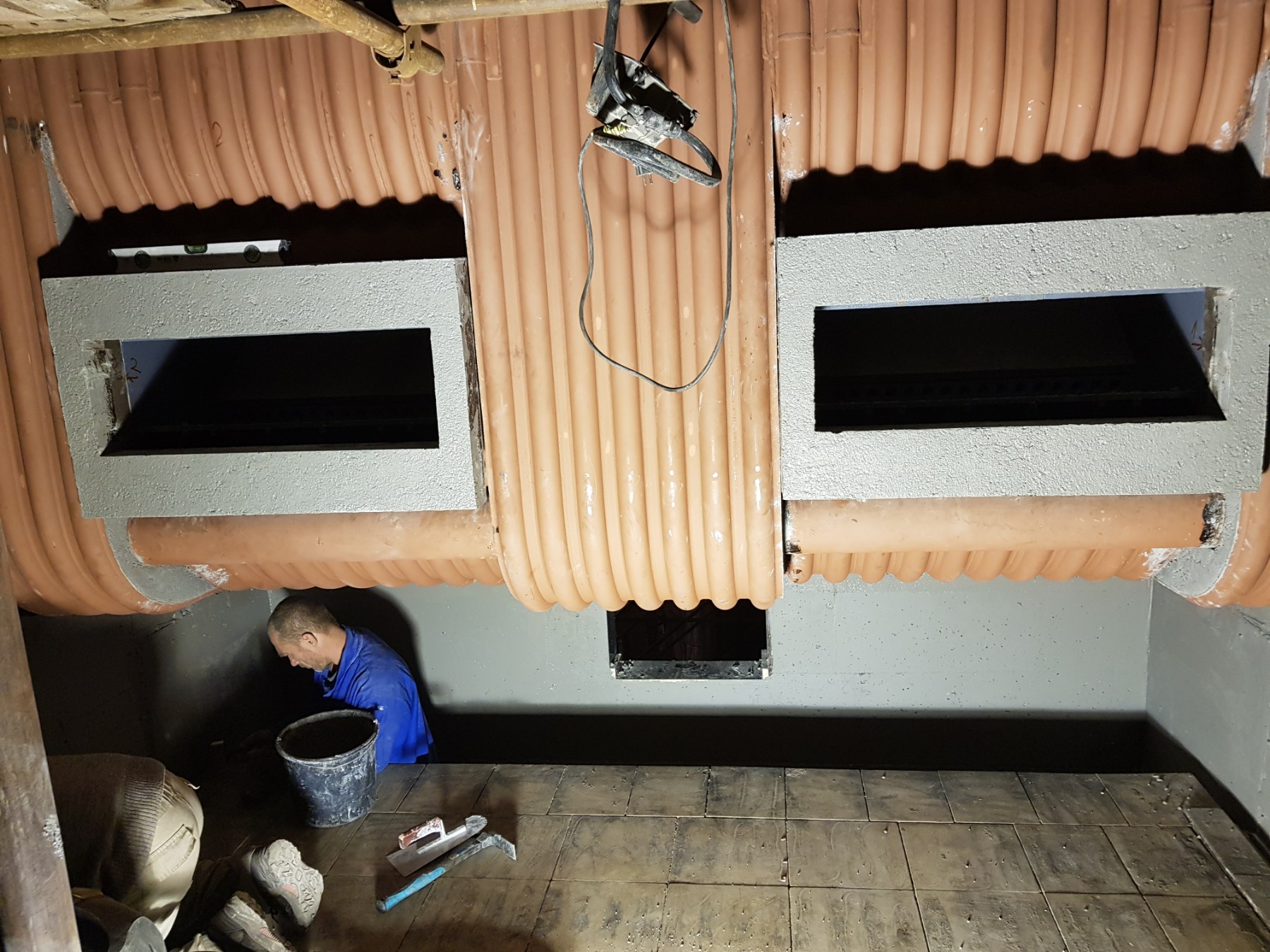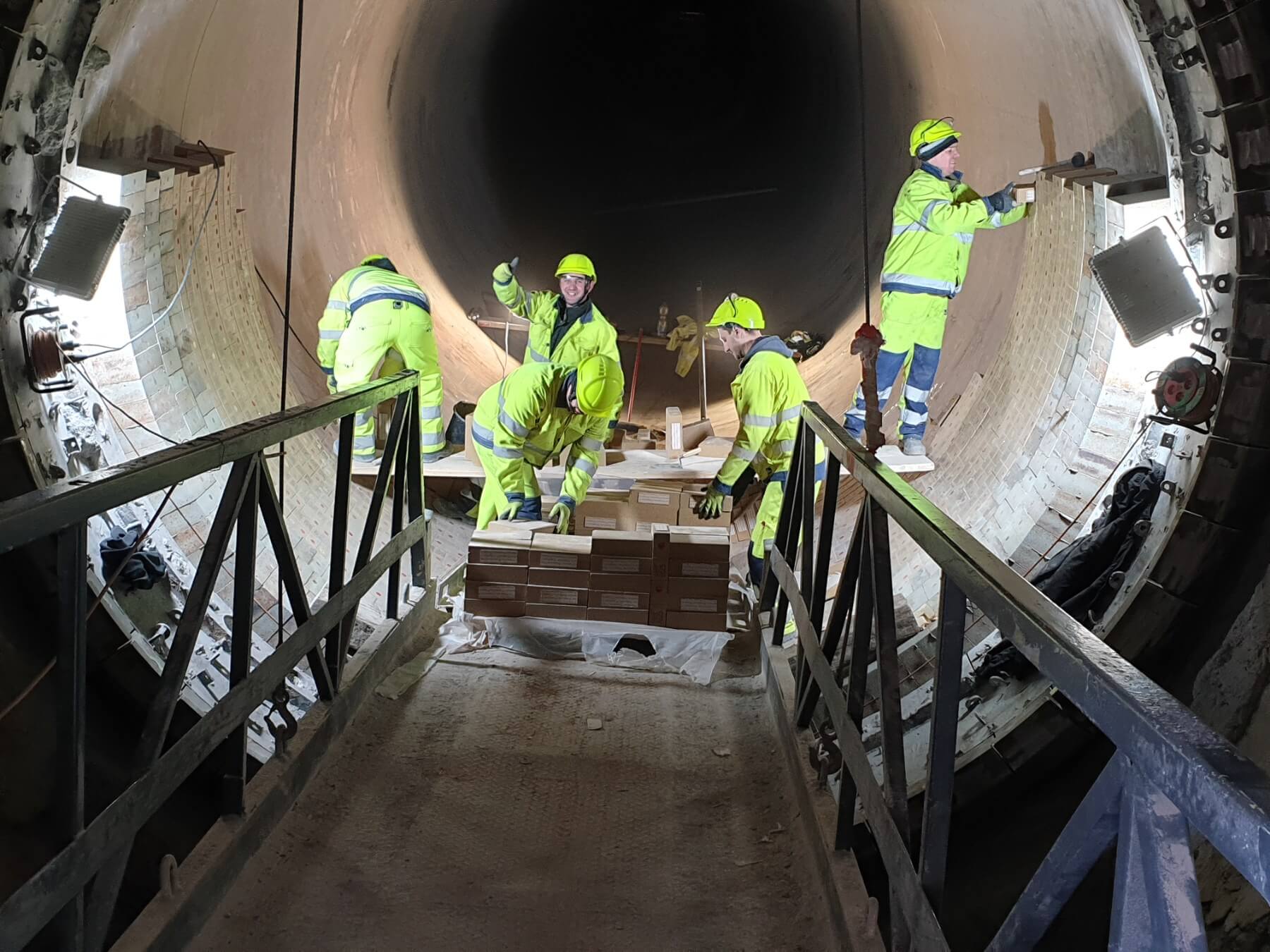Rehabilitation of reinforced concrete structures is a critical aspect of maintenance and life extension of buildings, supporting structures of technological equipment of industrial enterprises, bridges and other infrastructure.
Over time, the quality of concrete can deteriorate due to various factors such as environmental conditions, load stress, chemical reactions or aging. Effective rehabilitation strategies are therefore necessary to restore structural integrity, to ensure and prevent costly replacements.
Here are some key methods and innovations in concrete rehabilitation.

How is the implementation going?
1. Initial assessment and review
Conducting a detailed survey: Professionals begin with a comprehensive inspection of the concrete structure, looking for visible signs of damage such as cracks, peeling or discoloration.
Non-Destructive Testing: Techniques such as ultrasonic pulse velocity, rebound hammer testing, and ground-penetrating radar are used to assess the internal condition of concrete without damaging it.
Material Sampling: In some cases, small samples of concrete may be taken for laboratory analysis to determine strength, composition and extent of damage.
2. Diagnosis of the problem
Deterioration Cause Identification: Collected data is analyzed to diagnose the cause of deterioration, which could be due to environmental factors, chemical reactions, physical stress, or a combination thereof.
Structural Integrity Assessment: Engineers will assess whether the damage has compromised the structural integrity of the building.
3. Development of a rehabilitation plan
Selection of appropriate techniques: Appropriate rehabilitation techniques are selected based on the diagnosis. This may involve filling cracks, patching, bracing or more complex structural interventions.
Selection of materials: The selection of materials for rehabilitation (such as concrete mix, epoxy resins or reinforcing fibers) is crucial. These materials must be compatible with the existing structure and suitable for the specific needs of the repair.
Safety and accessibility planning: Ensuring the safety of workers and residents (if the building is in operation) is essential. Availability for technicians and workers to the repair site is also taken into account.
4. Surface preparation
Removal of damaged concrete: Damaged or disturbed concrete surfaces are carefully removed, often using methods such as jackhammers or hydrodemolition.
Surface cleaning and preparation: Exposed surfaces, especially reinforcing bars, are cleaned to remove rust, debris and dirt.
Installation of support structures: To maintain the stability of the structure during the rehabilitation process, temporary supports or supports can be installed.
5. Making repairs
Concrete Repair: Applying new concrete to areas where the original concrete has been removed.
Epoxy injection: Filling cracks with epoxy to restore structural integrity.
Carbon Fiber Reinforcement: Reinforcing areas with carbon fiber wraps or sheets.
Corrosion protection: Application of corrosion inhibitors or setting of cathodic protection systems.
Sprayed concrete application: Spraying of concrete to restore or strengthen large areas.
Curing of repairs: Newly applied materials are allowed to properly cure according to the manufacturer’s instructions to achieve the required strength and durability.
6. Quality control and finishing work
Conducting Post-Repair Tests: Tests are performed to ensure that the repairs have restored the desired design properties.
Applying protective coatings: Waterproofing, sealants or protective coatings are applied to protect against future damage.
Finishing: Aesthetic aspects are addressed so that the repaired areas harmonize with the rest of the structure as much as possible.
7. Monitoring and documentation
Installation of monitoring equipment: In some cases, sensors can be installed to monitor the condition of the structure after rehabilitation.
Generating detailed reports: Documenting the entire process, materials used and problems encountered is essential for future reference and maintenance planning.
8. Monitoring and Maintenance
Regular Inspections: Routine inspections are scheduled to monitor the condition of the structure and identify any future maintenance needs.
Ongoing maintenance: Regular maintenance work is planned to ensure the long-term health of the renovated structure.
Rehabilitating concrete structures is a multidisciplinary effort involving structural engineers, materials scientists, building professionals, and often conservation specialists if the structure is of historical significance. The ultimate goal is to restore the structure to a safe, functional and aesthetically pleasing condition while extending its life and ensuring compliance with current building codes and standards.
Methods and innovations in the field of rehabilitation of reinforced concrete structures
The choice of remediation method depends on various factors, including the extent of the damage, the cause of the deterioration, specific characteristics of the structure, and cost. Modern rehabilitation techniques focus not only on repairing existing damage, but also on preventing future deterioration and extending the life of the structure.
Concrete patching: this is a basic method where damaged concrete is removed and replaced with new concrete. This method is normally used for minor damage.
Epoxy injection: For cracks in concrete, epoxy injection is a common repair technique. Epoxy resin is injected into the cracks to restore the structural integrity and strength of the concrete
Cathodic protection: This technique is used to prevent corrosion of steel reinforcement in concrete. It is the application of a small electric current that counteracts the corrosion process.
Carbon fiber reinforcement: Carbon fiber reinforced polymers (CFRP) are also used to strengthen reinforced concrete structures. CFRP is applied to the surface of concrete to increase its load-bearing capacity and durability.
Corrosion Inhibitors: These are chemicals that can be applied to concrete to prevent or slow the corrosion of reinforcement. They are often used in environments where there is a high risk of corrosion, e.g. in coastal areas.
Sprayed concrete: The so-called Spray Concrete is a method of spraying concrete on the surface of a structure. It is often used for larger areas of damage and is effective for vertical and overhead repairs.
Structural strengthening: May include adding new elements to the structure, such as steel reinforcement or additional concrete supports. The aim is to increase the stability and strength of the structure.
Surface coatings and sealants: Application of protective coatings or sealants can protect concrete from external factors such as moisture, chemicals and UV radiation. This will extend the life of the concrete and the structure.
Electrochemical treatment: Techniques such as electrochemical chloride extraction and realkalization can be used to extend the life of concrete structures. Especially those affected by chloride induced corrosion.
3D printing in repair: New technologies, such as 3D printing, are being investigated for the repair and rehabilitation of concrete structures. This enables the precise placement of repair materials and the creation of complex geometries.
Use of drones and robotics for inspection and repair: Drones and robotic systems are increasingly being used to inspect hard-to-reach places and, in some cases, for the repair process itself.
Smart sensors for monitoring: Embedding smart sensors in concrete structures can provide continuous monitoring of the structure’s condition, helping to identify problems early and plan maintenance more effectively.



